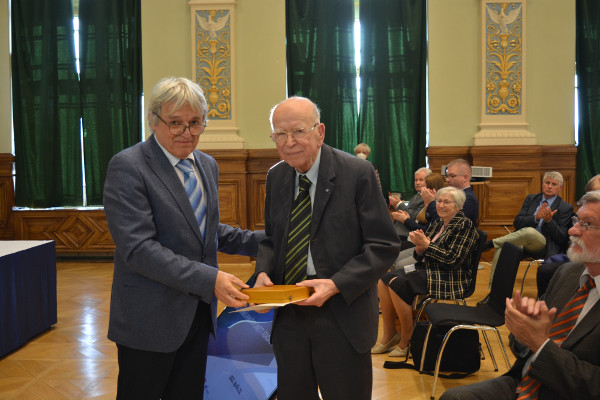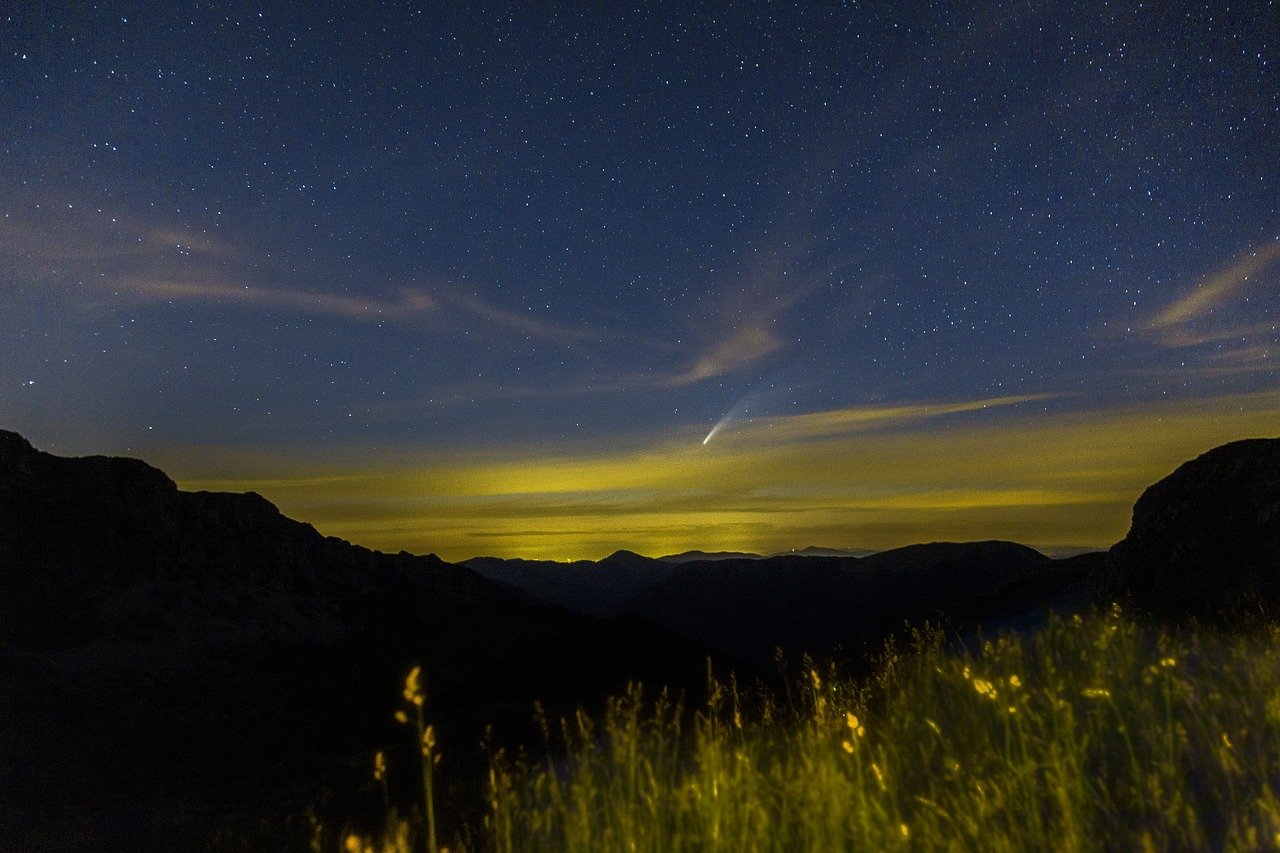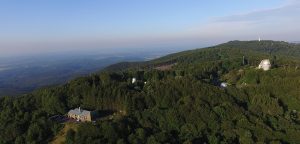
Iván Almár is one of the pioneers of Hungarian space exploration.Continue reading


Easy Branches allows you to share your guest post within our network in any countries of the world to reach Global customers start sharing your stories today!
Easy Branches
34/17 Moo 3 Chao fah west Road, Phuket, Thailand, PhuketCall: 076 367 766
info@easybranches.comIn July, two new comets were discovered by senior astronomer Krisztián Sárneczky at the Piszkéstető Station of the HUN-REN Center for Astronomy and Earth Sciences (CSFK). The comet, first discovered on July 8, was officially named C/2024 N3 (Sárneczk

In July, two new comets were discovered by senior astronomer Krisztián Sárneczky at the Piszkéstető Station of the HUN-REN Center for Astronomy and Earth Sciences (CSFK).
The comet, first discovered on July 8, was officially named C/2024 N3 (Sárneczky) on July 18 after international confirmation, the Hungarian research network’s center for astronomy announced. On July 14, another tiny celestial body appeared in the telescope’s search images, less than 6 degrees from the previous comet. Further investigations have since confirmed the discovery of another comet. Named C/2024 N4 (Sárneczky), the celestial wanderer was officially named on July 24. Both objects are visible in the northern constellation of Camelopardalis (The Giraffe).
This discovery brings the total number of comets discovered in the history of Hungarian astronomy from seven to nine, and two new discoveries in one week is a unique Hungarian record.
The comets will be with us until 2026 and will remain observable from Hungary. Because of their faintness, they cannot be captured visually, only with larger telescopes and photographic recordings.

The Piszkéstető Station, operating the largest telescope in Hungary, is located in the Mátra Mountains, northern Hungary. Photo: Wikipedia
“Comets are moving in a very elongated orbit in the solar system, we cannot say a period, they might not come back for a million years, and on top of that they are arriving from an outer region of the solar system called the Oort cloud. In this region of space, nearly a light-year in diameter, there are icy little celestial bodies that exist far from the Sun in a frozen state, invisible to the naked eye. But when they get close to the Sun, they start to evaporate under the influence of solar radiation, and if they are big enough and close enough, they can drop a nice big buoy,” the HUN-REN website quotes László Kiss, Director General of the CSFK, as saying.
In historical times, comets that approached the Earth spectacularly and pulled big tails were extremely famous and notorious celestial phenomena. They were long believed to foretell the death of kings and popes, as well as the outbreak of wars. But nowadays, these celestial bodies are prized for more mundane things.
Comets hold the imprint of the great cloud that formed our solar system 4.5 billion years ago. If we want to know what the planets, the moons around the planets and the Sun itself were made of, we can find out from comets, because they carry the composition of that ancient cloud of dust and gas as an archaeological record,”
said László Kiss.
The European Space Agency’s space mission, Comet Interceptor, is scheduled to launch in 2029 and will send a space probe 1.5 million kilometers up to look for and photograph comets that may have been on the move for millions of years, coming from the Oort cloud and carrying the archaeological imprint mentioned above.
The current discovery by Krisztián Sárneczky is also great because he has managed to find exactly such comets coming from the Oort cloud.
Via MTI, HUN-REN; Featured image: Pixabay
The post Two New Comets Discovered by a Hungarian Astronomer appeared first on Hungary Today.